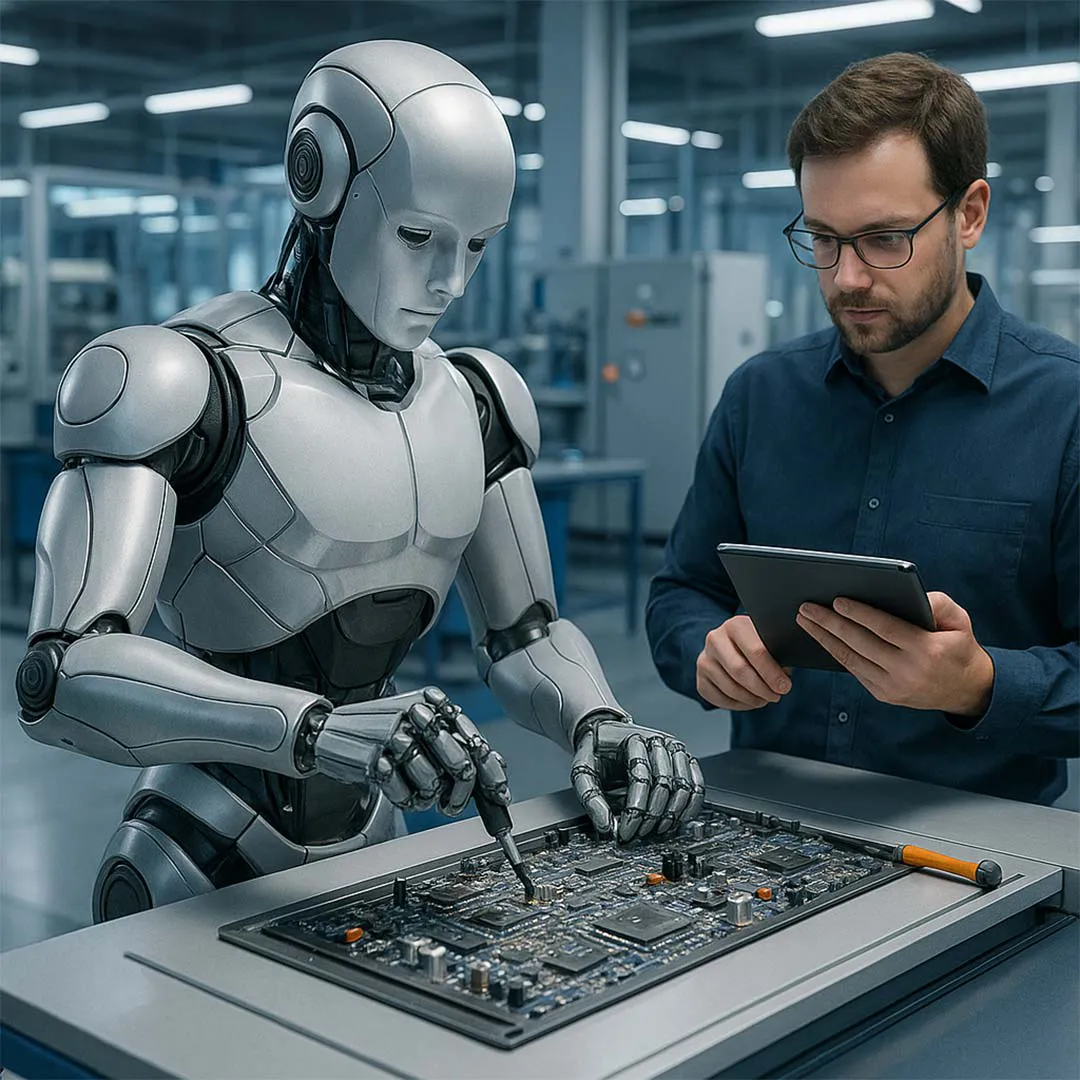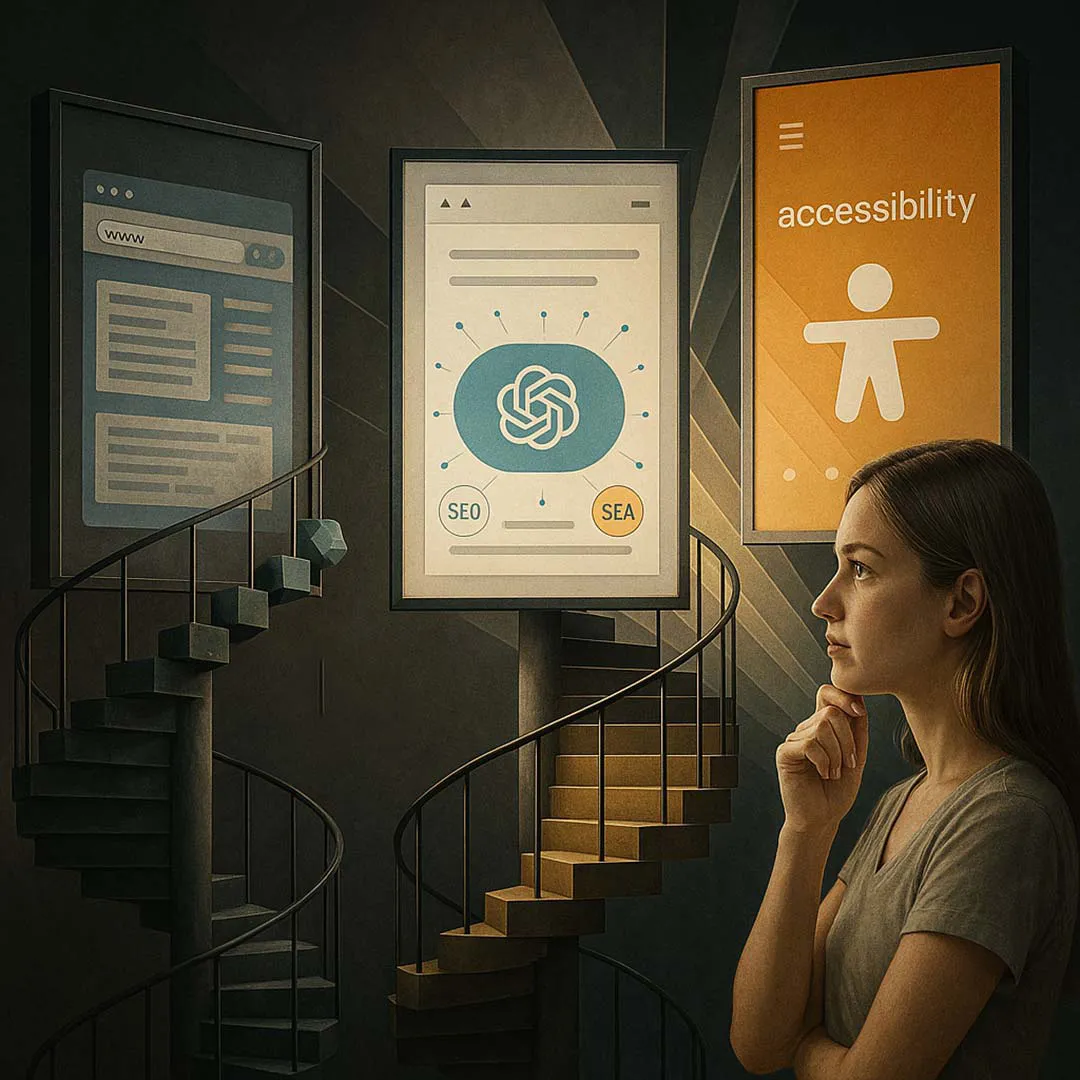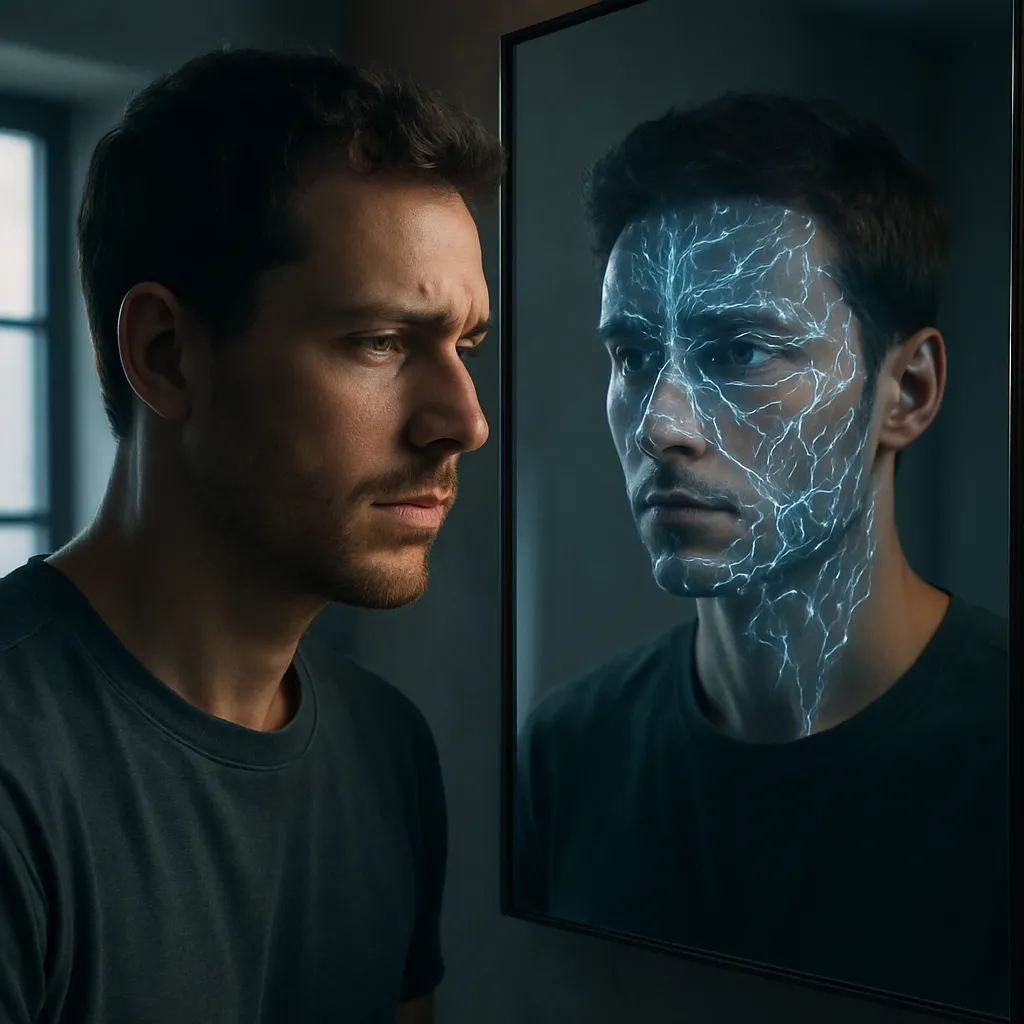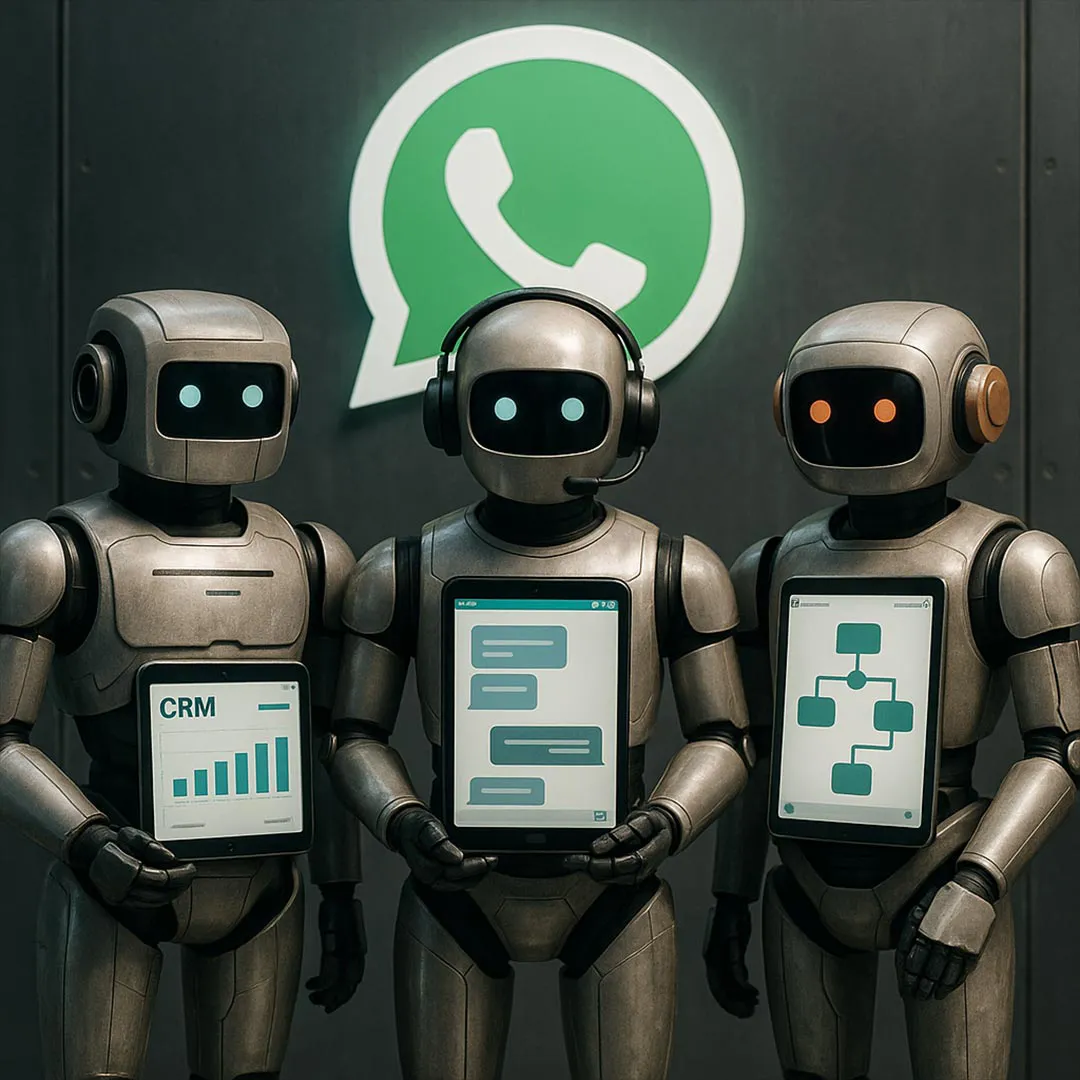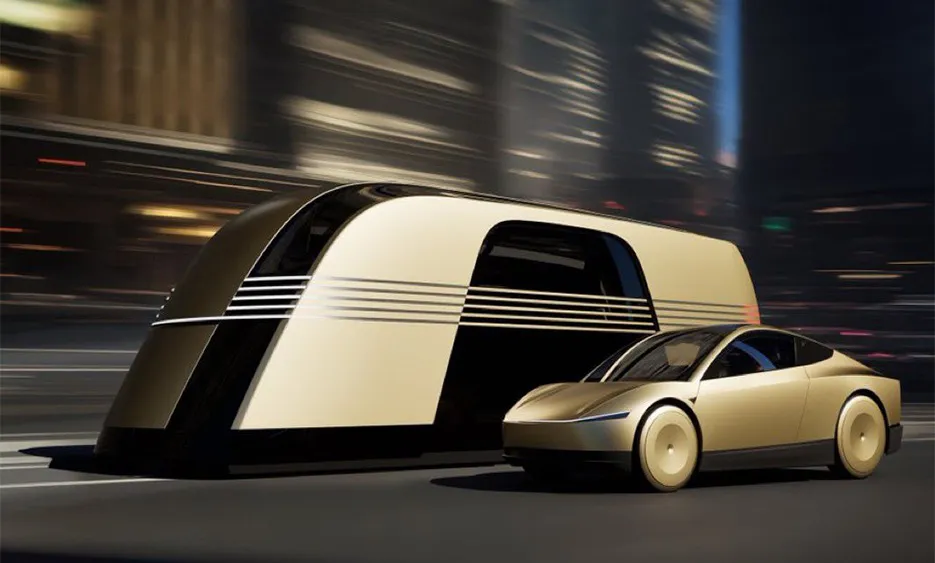
Tesla’s “We Robot” Event – Robotaxi, Robovan und Optimus
11. October 2024
Tesla hat kürzlich sein Robotaxi-Projekt angekündigt, das die Automobilindustrie verändern könnte. Elon Musk stellte den Tesla-Robotaxi-Prototyp in Kalifornien vor. Er kündigte an, dass die Produktion frühestens 2026 starten soll. Diese Ankündigung sorgte für viel Aufmerksamkeit, hinterließ jedoch viele offene Fragen. Besonders unsicher sind die Bereiche Technologie, Produktion und regulatorische Hürden. In diesem Artikel beleuchten wir das Projekt, die Herausforderungen und mögliche Auswirkungen für Tesla.
Hintergrund zur Robotaxi-Ankündigung
Elon Musk präsentierte das Tesla-Robotaxi, auch bekannt als „Cybercab“, in Burbank, Kalifornien. Es ist ein futuristisches Fahrzeug ohne Lenkrad oder Pedale und für autonomes Fahren entwickelt. Das Cybercab bietet Platz für zwei Passagiere und besitzt Schmetterlings-Flügeltüren. Musk sagte, dass der Preis unter 30.000 US-Dollar liegen soll, was es erschwinglich machen könnte. Tesla stellte außerdem den „Robovan“ vor, der bis zu 20 Personen transportieren könnte. Auch der humanoide Roboter „Optimus“ wurde in einer verbesserten Version gezeigt. Diese Produktansicht verdeutlicht Teslas Vision für die Zukunft der Mobilität.
Zeitplan und Produktion von Tesla
Tesla plant, die Produktion des Cybercabs frühestens 2026 zu starten. Dieser lange Vorlauf hat bei Investoren Zweifel geweckt. Besonders kritisch ist Teslas Vorgeschichte mit wiederholten Produktionsverzögerungen. Schon 2019 hatte Musk versprochen, dass bis 2020 Robotaxis auf den Straßen fahren werden. Bis heute gibt es jedoch kein einziges einsatzbereites Fahrzeug, das Fragen aufwirft. Könnte Tesla den ehrgeizigen Zeitplan diesmal einhalten oder kommt es zu weiteren Verzögerungen? Auch die „Full-Self-Driving“-Technologie, an der Tesla seit Jahren arbeitet, ist noch nicht vollständig autonom. Trotz regelmäßiger Updates bleibt unklar, wann die Technologie tatsächlich vollständige Autonomie erreichen wird.
Offene Fragen zur Technologie und Regulierung
Obwohl das Robotaxi für autonomes Fahren entwickelt wurde, wurden viele technische Details nicht offenbart. Musk machte keine Angaben zur verwendeten Technologie, Software oder den Fortschritten bei der künstlichen Intelligenz. Dies führte zu Unsicherheiten, ob Tesla ein vollständig autonomes Fahrzeug entwickeln kann. Es bleibt unklar, ob das Fahrzeug ohne menschliche Eingriffe sicher fahren wird.Auch regulatorische Hürden werfen Fragen auf. In den USA und weltweit gelten strenge Vorschriften für autonomes Fahren, die Tesla erfüllen muss. Besonders in den USA herrscht große Skepsis gegenüber Robotaxis. Es bleibt unklar, wie Tesla die Zustimmung der Regulierungsbehörden erhalten will. Donald Trump äußerte sich kritisch gegenüber autonomen Fahrzeugen und deutete an, diese Entwicklungen einschränken zu wollen. Das könnte für Tesla ein großes Problem darstellen.
Interessanterweise ist Elon Musk jetzt Teil des Wahlkampfteams von Trump für die Präsidentschaftswahl 2024. Sollte Trump die Wahl gewinnen, könnte dieses Thema somit eine günstigere Wendung für Tesla nehmen.
Marktreaktionen und Tesla-Aktien
Die Reaktionen auf die Ankündigung des Robotaxis fielen gemischt aus. Die Tesla-Aktie stieg nach der Präsentation kurzfristig um 0,38 %. Im europäischen Handel fiel sie jedoch um 2 %, was Unsicherheit bei den Investoren widerspiegelt. Viele Fragen zur technischen Machbarkeit und zum Zeitplan bleiben offen. Analysten äußerten Bedenken, dass das ambitionierte Projekt länger dauern könnte als geplant.Investoren reagierten zudem auf Unsicherheiten bezüglich Teslas mittelfristiger Ertragsaussichten. Obwohl ein kostengünstiges, autonomes Fahrzeug eine große Marktchance bietet, fehlen entscheidende Details. Diese wären notwendig, um das Vertrauen der Investoren zu stärken.
Vergleich mit früheren Ankündigungen
Tesla und Elon Musk sind für ambitionierte Ankündigungen bekannt, doch nicht alle Versprechen wurden eingehalten. Schon 2019 versprach Musk, dass bis 2020 eine Million Robotaxis unterwegs sein werden. Dieses Ziel wurde jedoch nie erreicht, was bei Beobachtern Zweifel weckt. Besonders kritisch sind die technischen Herausforderungen und regulatorischen Anforderungen.Die Full-Self-Driving-Technologie, die Tesla seit Jahren bewirbt, benötigt weiterhin die Überwachung durch einen Fahrer. Tesla steht unter großem Druck, diese Technologie weiterzuentwickeln, um die versprochene Autonomie tatsächlich zu erreichen.
Regulatorische Herausforderungen und politische Einflüsse
Neben den technologischen Herausforderungen muss das Unternehmen auch viele regulatorische Anforderungen erfüllen, bevor das Robotaxi auf die Straßen darf. Das betrifft nicht nur die USA, sondern auch Märkte wie Europa und China mit strengen Vorschriften. Der politische Einfluss spielt ebenfalls eine wichtige Rolle, da Regierungen, wie die von Donald Trump, Maßnahmen gegen autonome Fahrzeuge ergreifen könnten.Es bleibt abzuwarten, wie Tesla diese regulatorischen Hürden meistern wird. Gleichzeitig muss das Unternehmen die Technologie voranbringen, um Sicherheitsstandards und rechtliche Vorgaben zu erfüllen.
Bedeutung für die Zukunft von Tesla
Trotz vieler offener Fragen ist das Robotaxi ein wichtiger Schritt in Teslas Vision der zukünftigen Mobilität. Gelingt es dem Unternehmen, die technischen und regulatorischen Hürden zu überwinden, könnte das Cybercab die Art des Stadtverkehrs revolutionieren. Ein kostengünstiges, autonomes Fahrzeug könnte Tesla einen großen Wettbewerbsvorteil verschaffen. Andere Hersteller befinden sich noch in der frühen Entwicklungsphase ihrer Robotaxis.
Conclusion
Die Ankündigung des Robotaxis hat hohe Erwartungen geweckt, doch viele Fragen bleiben offen. Unsicherheiten bestehen in den Bereichen Technologie, Produktion und regulatorische Herausforderungen, die das Projekt begleiten. Obwohl das Robotaxi ein wichtiger Schritt in Teslas langfristiger Vision ist, bleibt abzuwarten, ob die ehrgeizigen Ziele erreicht werden. Die kommenden Jahre werden entscheidend sein, um zu sehen, ob Tesla die Zukunft der Mobilität wirklich prägen kann.
Our blog
Latest news
With our blog, you are always close to our work, our current projects and the latest trends and developments in web and print.
Any questions?

